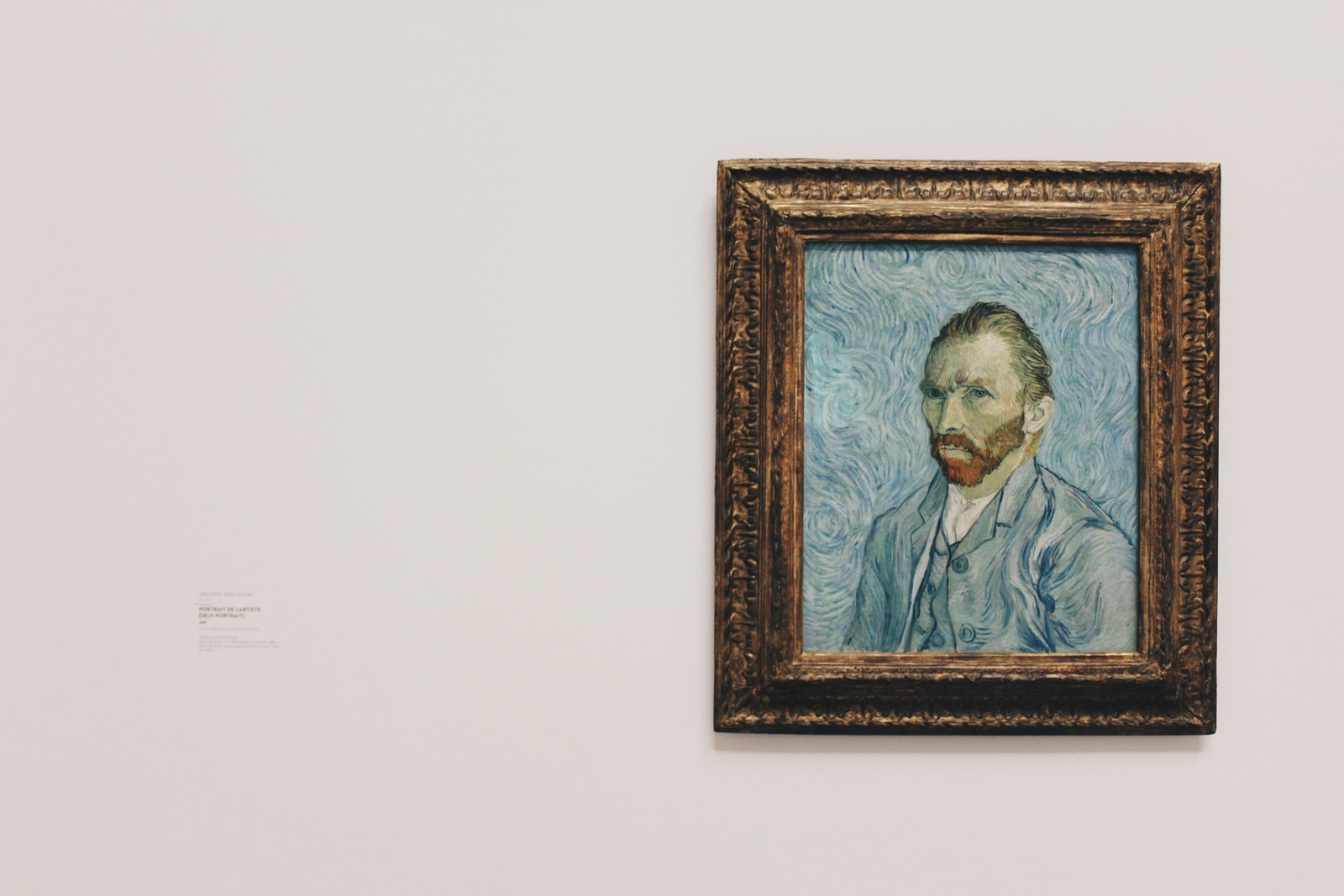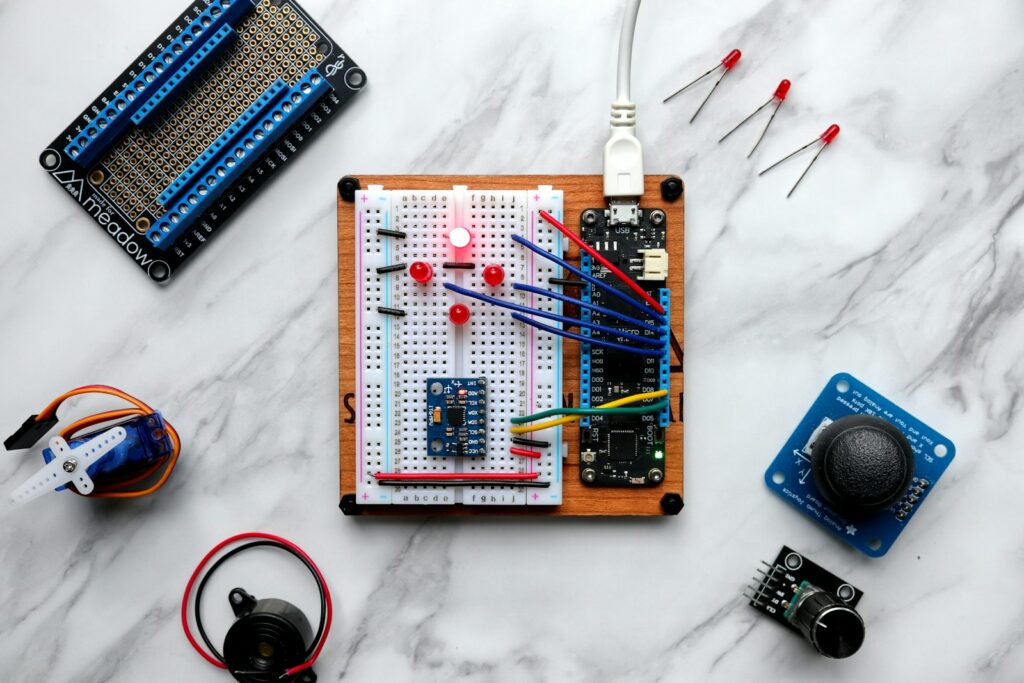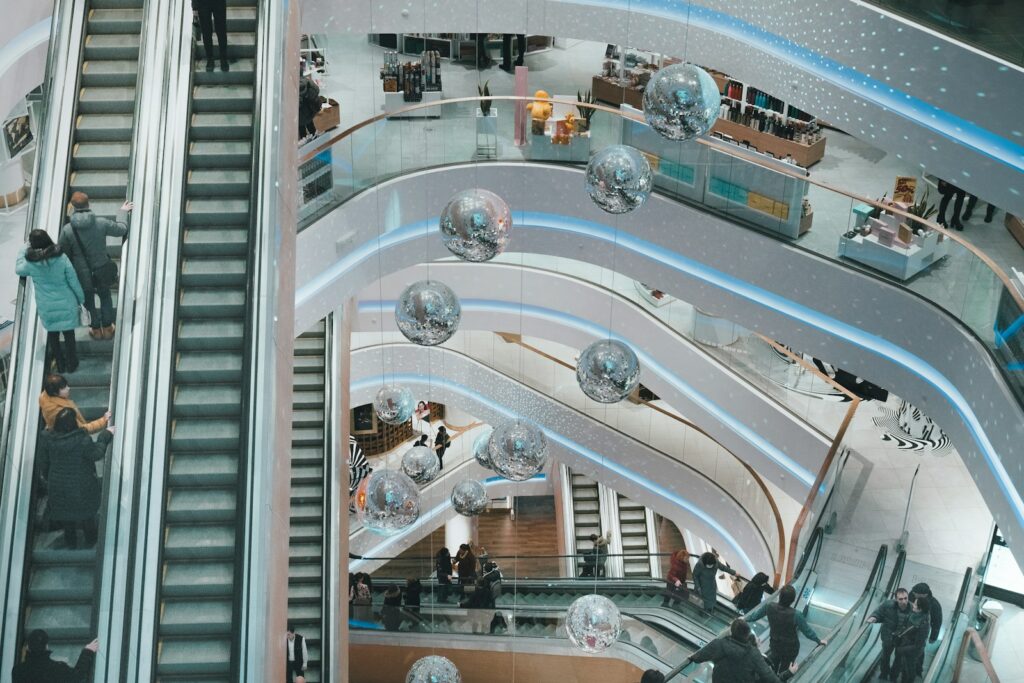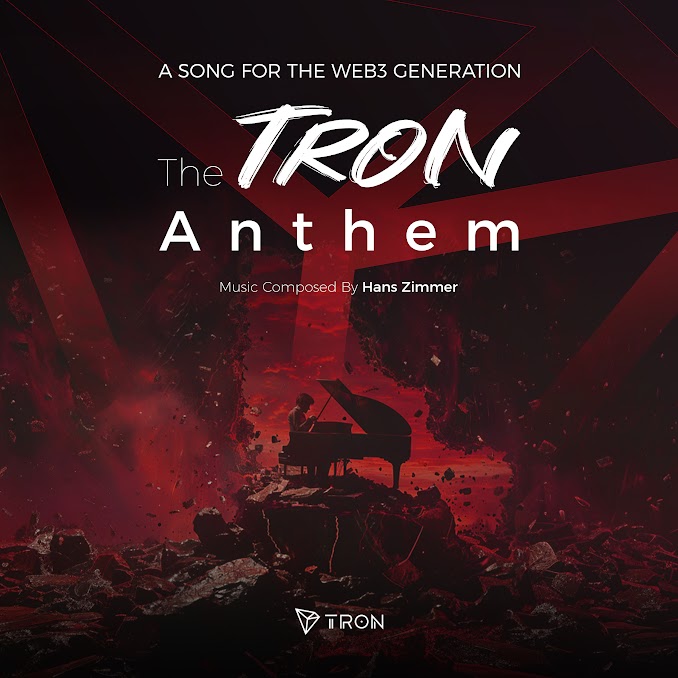The metaverse is becoming the new trendy place to meet artists and art-lovers alike. For those interested in art history, as well as the mysteries surrounding specific paintings, this virtual reality may be just the thing. The metaverse is not only bringing things like mammoths to life, but is also raising awareness about the mysterious world of stolen artwork. Thanks to a new virtual reality app, for both smartphones and VR headsets, called the Stolen Art Gallery, viewers can learn more about art that has been stolen from museums for the past 50 years.
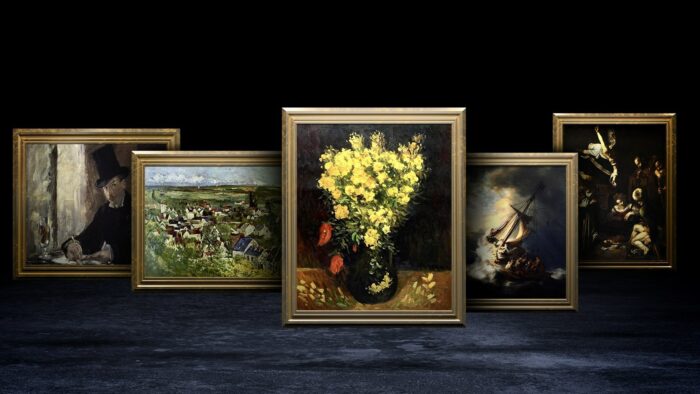
This Gallery showcases art that museums can’t, with stunning virtual displays so the user can focus on just the art without having to worry about lines or jostling other viewers. The gallery was created by Compass UOL, a Brazilian-based company that specializes in custom virtual reality experiences. According to Compass’ CEO, Alexis Rockenbach: “Initially when we thought about the environment of the museum, we thought about building something similar to a typical museum: [with a] fancy building with a lot of content around the art pieces. We ended up choosing a completely different approach, a minimalist approach.” This minimalist approach allows users to focus first and foremost on the art.
Users can interact with this virtual Gallery, listening to audio descriptions of each of the paintings. They can also choose to view all the art privately or publicly, where they can interact with other avatars. In interacting with other users, viewers can write up notes or draw sketches that can be shared. Because of this, the Gallery is a great place for teachers to bring students to learn more about art and art history. “It felt very emotional to be in front of those pieces,” explained art student Alejandra Alfonso.
The Gallery showcases a range of stolen pieces, from works by Vincent Van Gogh to Rembrandt. While the descriptions in the gallery do not give the full story of the art’s stolen history, the pieces themselves allow a viewer to imagine a potential thief’s motivation for stealing such a priceless painting. From there, users can continue learning about a specific painting on their own. Rockenbach hopes to expand the exhibits to include other stolen paintings. Stolen art is not only fascinating to an individual but can wound a nation’s pride if a beloved painting is stolen from them. Because of this, the metaverse may bring more awareness to the issue of stolen art, and help to return these pieces to their countries of origin.
This Gallery shows one of the benefits of using VR, objects, and locations can easily be recreated without having to be physically present. This is beneficial for not only education, such as teaching students about the ocean but can be advantageous for scientists to model molecular interactions or reassemble fossils. The opportunities VR technology gives seem to be endless, as more and more companies and organizations are learning how best to use the technology. For Compass, the Stolen Art Gallery seems to be just the first step.
The metaverse has already begun to show its demographic of art-lovers and creative types. With metaverse magazines and virtual art galleries, users can explore the creativity this space has to offer, and can take exhibits, paintings, and digital creations to whole new levels. Though many expect the metaverse to be an environment filled with gamers or coders, users are revealing just how artistic this space can really become.


